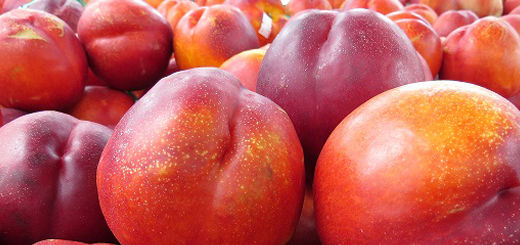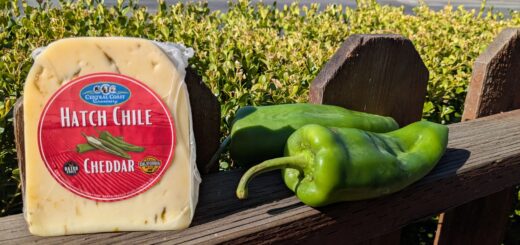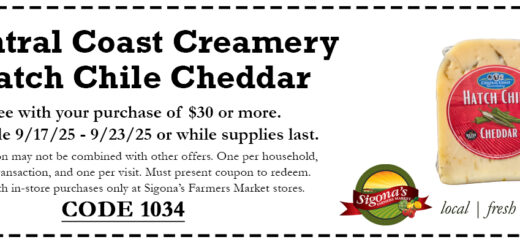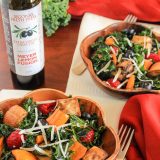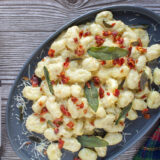How to Eat and Live Healthy this Thanksgiving

Geri Wohl, CNC www.bettereatingcoach.com
I have to say that Thanksgiving is my favorite holiday of the year. Perhaps it’s because of the family bonding of sitting around the table enjoying the bounty of the season; maybe it’s due to my memories of preparing the meal with my mother who would cook and bake thinking we were feasting for 50; possibly it’s the aromas wafting through our house, reminding us of all for which we have to be grateful.
The early Thanksgiving celebrations in the 1600s included some type of fowl or venison, boiled pumpkin and a type of corn bread. Flour was scarce so no breads or pastries were eaten. As there were no domesticated cattle, there was no milk, beef or butter. The feast probably included fish, lobster, clams, berries, watercress, dried fruits and plums. Basically, early celebrants were feasting on the bounty of the land and sea (very paleo).
To bring the holiday closer to its roots while maintaining a healthy element, let’s review some nutrition benefits of foods traditionally served at Thanksgiving and some modifications to make your meal delicious and healthy. Many traditional Thanksgiving foods are nutritious if prepared well. But poorly chosen food preparation is the reason that many healthy elements go out the back door.
- Whether you brine, roast or barbeque the bird, turkey is typically low in fat and high in protein. The key is choosing a flavorful cooking method because if you don’t, turkey can be tasteless, in which case most people will douse the meat with salt and fat-laden gravy to impart flavor. The gravy is probably one of the unhealthiest parts of the Thanksgiving meal. But back to turkey: it’s a good source of iron, zinc, potassium and B vitamins. But remember to avoid the skin. Without the skin, white meat has only 3 grams of fat of which 1 gram is saturated.
- Cranberries are very high in antioxidant levels, protecting you against free radical damage. Being high in fiber, manganese and vitamin C adds to their health benefits. In addition, cranberries have been linked to improved urinary health, reduced Alzheimer’s and a decreased risk of cancer. Try making your cranberry sauce with apples, for example, for sweetness instead of adding refined sugar and you will obtain the added soluble fiber.
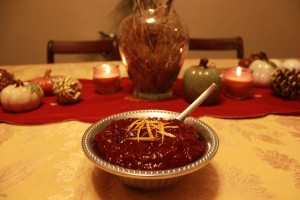 Prepare sweet potatoes instead of mashed potatoes. Sweet potatoes, as well as the other orange vegetables, are high in antioxidants, vitamin A (in the form of beta carotene) and vitamin C. These vitamins help support the immune system. In addition, vitamin A has been linked with improved night vision. By the way, there is no need to bake sweet potatoes with marshmallows and sugar–just roast them with a bit of olive oil and herbs and they will be delicious.
Prepare sweet potatoes instead of mashed potatoes. Sweet potatoes, as well as the other orange vegetables, are high in antioxidants, vitamin A (in the form of beta carotene) and vitamin C. These vitamins help support the immune system. In addition, vitamin A has been linked with improved night vision. By the way, there is no need to bake sweet potatoes with marshmallows and sugar–just roast them with a bit of olive oil and herbs and they will be delicious.- Many people really enjoy stuffing. However, typical stuffing is loaded with “naked carbs” and butter. If prepared in the turkey, flavor is enhanced with turkey fat, but that just increases calories. For an alternative, try a stuffing made with quinoa and/or rice, vegetables and herbs. It will be tasty and for those that may be gluten sensitive at the table, it will be a delicious and unexpected treat.
- No meal would be complete without some type of green vegetable. Skip the green bean casserole with the French onion rings sprinkled on top. Instead try to keep the focus on the vegetable; simple roasting, steaming or light sautéing will allow the flavors to come through and not lose the health benefits. Most of the leafy greens such as spinach, kale and Swiss chard are all high in vitamin C and antioxidants. If you prefer broccoli, cauliflower or Brussels sprouts, they are rich in vitamin C, folic acid and fiber as well as antioxidants that may be supportive in warding off cancer. And of course, a salad will allow no nutrients to be lost from cooking.
- Many of us look forward to dessert. Fruit desserts have the benefit of fiber in the fruit. Avoid the creamy and fat-filled desserts. Better choices are poached pears or baked apples or even a pumpkin or apple pie with one layer of crust not two. If the added sugars can be at a minimum, your waistline will be much happier in the morning.
For some sample Thanksgiving side dish recipes, go to my website and check out these recipes: http://www.bettereatingcoach.com/thanksgiving-sides.html.
If you are the chef hosting the meal, the above suggestions will help provide a nutritious and satisfying meal. But what should you do if you’re a guest and the food preparations are beyond your control? First, if you have any food restrictions let your host(ess) know. You can offer to bring a dish to the meal that will incorporate something healthy that you can eat. Scope out the selection of dishes and decide in advance what you can consume and what should be avoided. In addition, for everyone attending the big meal, the bullet points below should help with preparing yourself for the repast.
- Start your day with a protein-laden breakfast. Protein and fiber help control your blood sugar and appetite. For further benefits of breakfast, go to http://www.bettereatingcoach.com/72412-benefits-of-breakfast.html.
- Exercise before the meal and if possible after the meal to create a calorie deficit. You’ll burn off calories and start boosting your metabolism. Ideally, start putting exercise into your lifestyle right now. For exercise suggestions, see http://www.bettereatingcoach.com/10312-fall-fitness-tips-ii.html.
- Don’t go to the Thanksgiving meal hungry. If you do, you will have a harder time controlling what you consume.
- Pay attention to the foods being served, weigh your options before taking the various dishes and take smaller portions especially of high-calorie dishes. When appetizers are served, select the raw vegetables instead of the chips. The fiber will fill your stomach and help with appetite control.
- Eat slowly and stop eating when you’re full. This sounds easy, but it’s not. Put your fork down between bites. Before you even think about seconds, ask yourself if you’re truly hungry. Chances are likely that you don’t need more calories.
- Go easy on the alcoholic or sugary beverages. These are empty calories that provide no nutritional value. Drink plenty of water!
Here’s to a meaningful holiday shared with your family and friends!
© Geri Wohl, CNC

